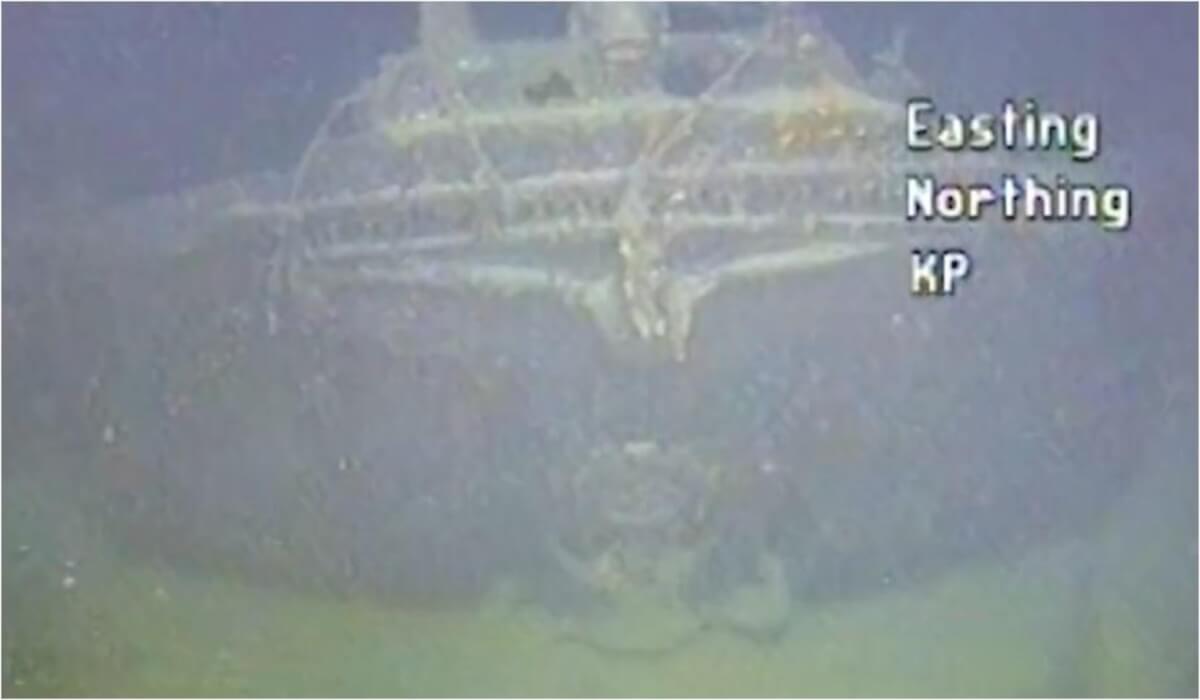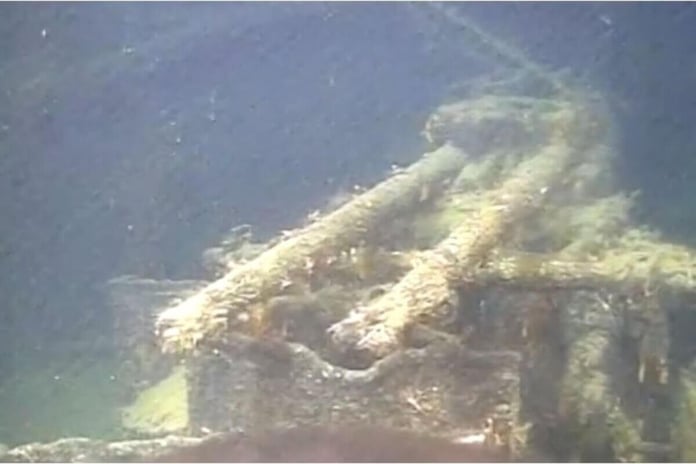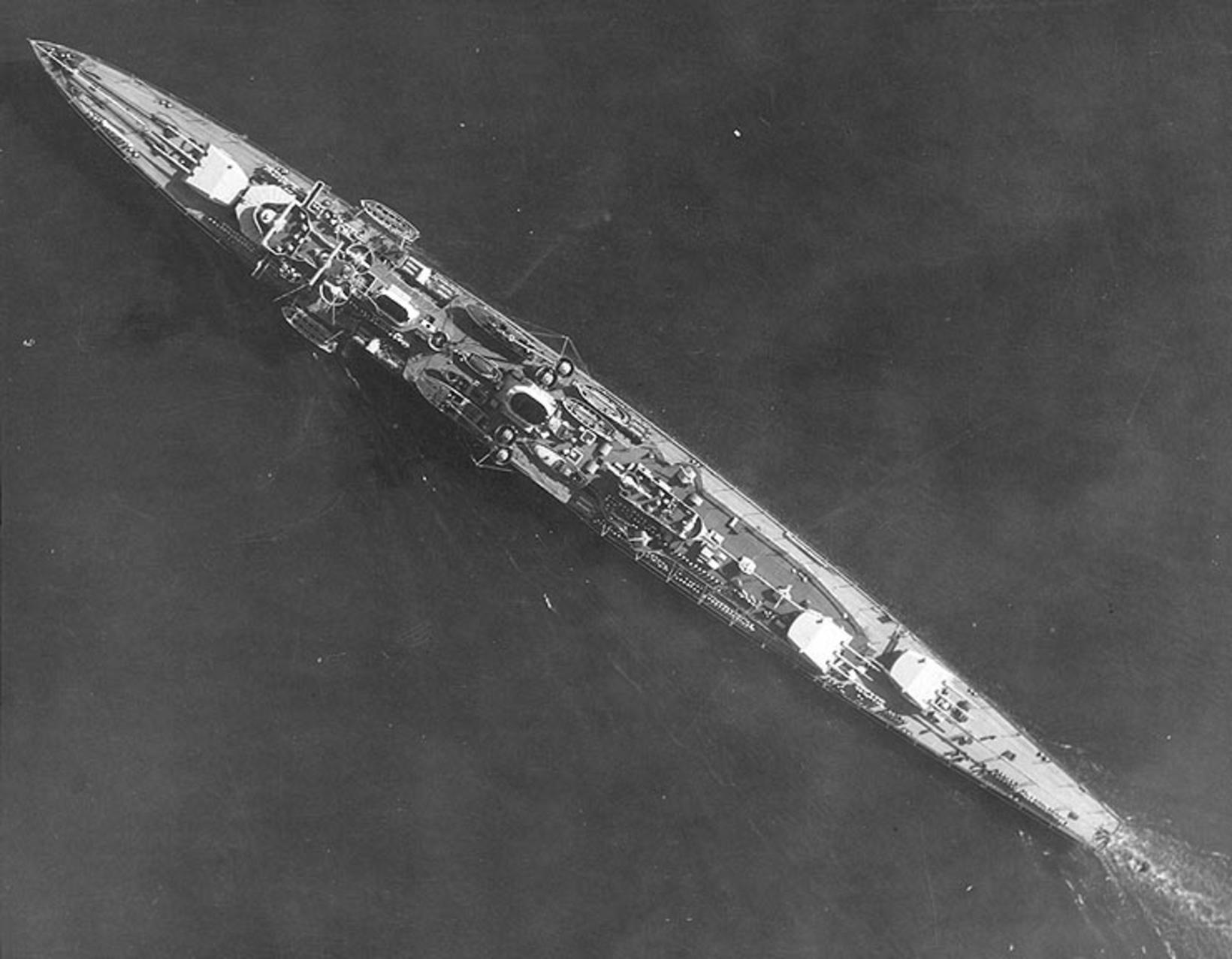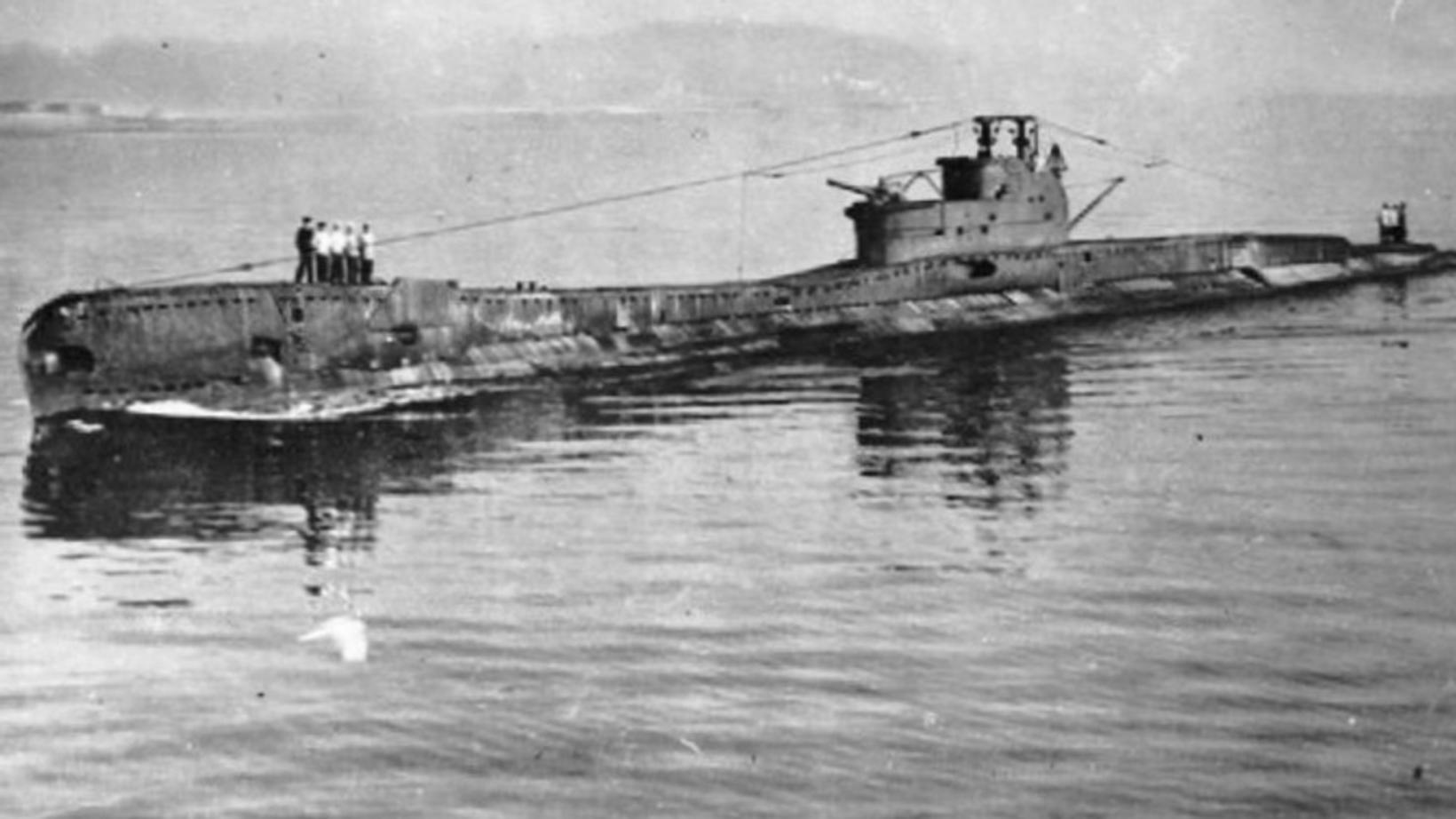The crew of the Norwegian drilling rig service ship Olympic Taurus forgets late on Tuesday 30 June this summer when it was in charge of Statnett, a state-owned company that handles the development and control of electricity transmission networks in and around Norway, including submarine cables to other countries.
This time the ship was checking the condition of the power cable to Denmark and was about eleven nautical miles southeast of Kristiansand. Among Statnett’s employees on board was the engineer Ole Petter Hobberstad, who is also an avid amateur historian, and that interest led to a historic meeting this Tuesday in June.
There is, however, some prelude. Hobberstad has often been on board Olympic Taurus together with Statnett’s colleagues in monitoring submarine cables. The ship is equipped with a powerful sound wave transmitter, or sonar, to analyze the landscape on the seabed, the cables, and other things that are under inspection at any given time.
Have free time
For the last three years, or since April 2017, a large and elongated shadow at a depth of 490 meters, only 15 meters from the Danish cable, had attracted the engineer’s attention and curiosity. However, there was usually a shortage of time to spend time on historical research alongside the electricity company’s projects, but that changed on the afternoon of 30 June.

Due to the weather that day, an extra task that the ship was supposed to take part in was canceled, leaving a few hours of space before leaving for the port. Hobberstad took the opportunity to send a remote-controlled reconnaissance submarine into the depths, to the shadows that had kept his curiosity awake for years.
At a depth of 490 meters, a clear ship’s side appears in the submarine’s light beam, so long as it is surprisingly sweet. Next appears an object that is undeniably reminiscent of a cannon tower and shortly afterward another such. Eventually, all doubt disappears like dew before the sun in the dark depths as the beam of light pulls out a hellish swastika, a symbol of Adolf Hitler’s third state, above a mighty anchor.
Hobberstad and others present realized in the next few days that at 16:40 on Tuesday, June 30, 2020, the sight that no one without gills and scales had seen for 80 years, the German grazing ship Karlsruhe, a 174-meter long flagship in the attack of a German invader on Kristiansand during the occupation of Norway on April 9, 1940.
The meeting is historic and perhaps just over where Karlsruhe was, until this summer, the last large German warship that was still undiscovered on the seabed around Norway.
The attack is the beginning of the end
It was the early morning of the fateful occupation 80 years ago, the day that marked the beginning of the five-year period of the Norwegian nation under the Nazi heel, that Karlsruhe, with 1,100 people on board, attacked Kristiansand in a coordinated German attack on many targets in Norway.
Karlsruhe was launched in 1927, weighed 7,800 tons equipped with 50-millimeter armor and three cannon towers with a total of nine 15 cm SK / C-25 guns as well as two anti-aircraft guns on Karlsruhe, four triple torpedo barrels, and space for 120 tundra forces. The crew generally 850 people.
Karlsruhe was accompanied by a number of other ships and it is still not known to this day whether it was Karlsruhe’s canon shooters or one of the accompanying ships that fired the spire from the cathedral in Kristiansand, as it was not a heavyweight during the war.
Heinkel 111 bombers attacked the town at the same time and one of them was shot down, but Kristiansand was nevertheless largely destroyed by a concerted effort by the German navy and air force, especially the area on and near Tollbodgata which was nicknamed Hverfi sorgarnir, Sorgens kvartal, after the attack in the spring of 1940.
The attack on Kristiansand, however, was the beginning of the end of Karlsruhe. Half of the 1,100 soldiers on board remained in Kristiansand when the ship returned to a German port that afternoon. It was not far beyond the archipelago when the British submarine Truant came under fire.
Two tornadoes hit Karlsruhe and the sea began to flow into the grazing ship. The engine was damaged and the electrical system failed. As a result, the pumps became inoperable, and soon the German warship capsized.
Admiral Friedrich Rieve ordered his men into other German warships that were present and ended up sinking his ship himself by blowing more holes in it at 21:50 on the evening of 9 April.
For a long time, it was thought that Karlsruhe was much closer to land than is the case, and those theories were based on entries in the ship’s logbook and Admiral Rieve’s statements.
Frode Kvalø, an archaeologist at the Norwegian Maritime Museum, says in an interview with Norwegian state radio NRK that there is no doubt that Karlsruhe was found there and shows this as a comparison of his comparison between the son of Olympic Taurus and the aerial photograph of the US Navy taken by the ship while sailing.
“It is well-preserved, stands on the keel, and has a number of visible features that facilitate comparison. This is Karlsruhe, “says the archaeologist.
Lessons on the interpretation of sources
Karlsruhe is thus the longest ship ever found underwater in Norwegian waters and is considered a real “encounter”, a ship that was not known where it was, unlike large German warships, which left their mark on Norway’s history in World War II and are known. is where the last rest lies, such as Dresden, Tirpitz, and Blücher.
May-Brith Ohman is a Professor of History at the University of Agder. She says the wreck of Karlsruhe offers new information about the first moments of the five years that the German occupation of Norway was to last.
“This teaches us something about the interpretation of sources when we look at the information we have had for a long time about where the ship sank compared to where it was actually found,” Ohman told NRK.

The Norwegian Coast Guard will protect the wreck for the time being, but it is estimated that it could still contain about a million liters of oil as well as other substances that could cause environmental damage. It is not yet clear whether the wreck will be classified as a wet grave, depending on whether the remains of those who died when the British torpedoes hit Karlsruhe were left onboard or not.
Incredible luck in 1977
What stands out, however, according to the hobbyist and engineer Hobberstad, is the incredible luck that the submarine cable, which is actually four cables between Norway and Denmark and was laid on the seabed in 1977, when the technology was much more primitive and remote-controlled observation submarines were not available. should not be entangled in the wreckage of the old grazing ship, which according to him could have caused great damage to the cables that transport electricity from Kristiansand to Denmark, which is equal to all of Oslo’s electricity.




